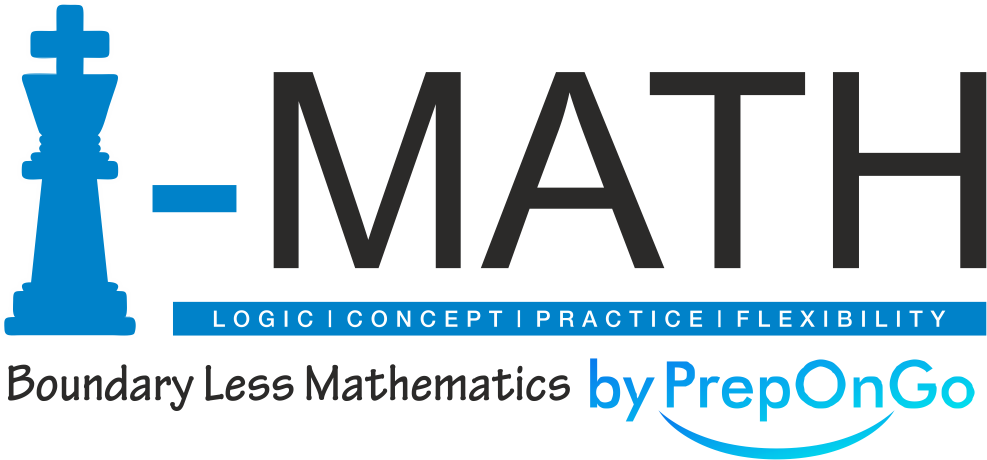Two-way Tables and Frequency Tables

Data surrounds us! From weather charts to movie ratings, information is often presented in tables to make it easier to understand. But with so many squares and numbers, it can get confusing. Here, we’ll explore two helpful tools for organizing data: two-way tables and frequency tables.
Frequency Tables: Counting Like a Champion
Imagine a survey asking children their favorite after-school activity (Picture a table with one column titled “Activity” and rows for “Sports”, “Arts & Crafts”, “Reading”, and “Video Games”). A frequency table simply counts how many children choose each option. In our example, it might show 10 kids for Sports, 8 for Arts & Crafts, 5 for Reading, and 12 for Video Games (tallies or numbers can be used for counting).
Two-Way Tables: Seeing Double the Fun!
Now, let’s say we want to see if there’s a connection between favorite activity and age group. A two-way table helps us do this! It has rows and columns representing two categories (Picture a table with rows for age groups “5-7” and “8-10” and columns for “Activity” with the same options as the frequency table). Each box (called a cell) shows the number of children in that age group who chose that activity. Analyzing this table, we can see if, for example, more 8-10 year olds prefer video games compared to the younger age group.
Benefits of Using Tables
- Organization: Tables make data clear and easy to read.
- Identification of Patterns: By looking across rows and columns, we can spot trends and relationships between data points.
- Comparison: Two-way tables allow us to compare data across different categories.
So, the next time you encounter a table, remember:
- Frequency tables tell you how many times something occurs.
- Two-way tables show how two categories of data are related.
With these tools in your arsenal, you’ll be a data whiz in no time!
For more content follow – iMaths




